Contact Details

Walter has introduced the Xtra·tec® XT M5460, a new profile milling cutter that delivers maximum precision, tool life, and surface quality in precise machining of freeform surfaces and deep cavities.
This new profile milling cutter now provides an internal coolant channel, enabling chip evacuation using compressed air or MQL. This is necessary for deep pockets as it allows the user to evacuate the chips.
The Xtra·tec® XT M5460 has been specially designed for difficult materials, particularly for hard machining of steels up to 63 HRC. Alongside the proven geometries of Walters P3201 and P3204 indexable inserts, Walter is now offering these strong inserts in our newest grade WHH15X for hard machining. In field tests, the new M5460 with this latest grade WHH15X, achieved increases in tool life of up to 500%.
Thanks to the addition of this new grade to the existing range of cutting tool grades and geometries, this profile milling cutter is proven to be very effective in Steels (ISO P), Cast Irons (ISO K), Stainless Steels (ISO M) and Hard Materials (ISO H). This means that, in addition to mold and die making, it also offers advantages for the aerospace and energy industries with its high productivity, maximum process reliability, and cost effectiveness.
Walter offers the Xtra·tec® XT M5460 with both Weldon and cylindrical shanks, as well as with the industry standard cylindrical modular interface.
Walter is initially launching the milling cutter for diameters: 3/8 -1 in. and in metric from 8-32 mm.
Related Glossary Terms
- cast irons
cast irons
Cast ferrous alloys containing carbon in excess of solubility in austenite that exists in the alloy at the eutectic temperature. Cast irons include gray cast iron, white cast iron, malleable cast iron and ductile, or nodular, cast iron. The word “cast” is often left out.
- coolant
coolant
Fluid that reduces temperature buildup at the tool/workpiece interface during machining. Normally takes the form of a liquid such as soluble or chemical mixtures (semisynthetic, synthetic) but can be pressurized air or other gas. Because of water’s ability to absorb great quantities of heat, it is widely used as a coolant and vehicle for various cutting compounds, with the water-to-compound ratio varying with the machining task. See cutting fluid; semisynthetic cutting fluid; soluble-oil cutting fluid; synthetic cutting fluid.
- gang cutting ( milling)
gang cutting ( milling)
Machining with several cutters mounted on a single arbor, generally for simultaneous cutting.
- milling
milling
Machining operation in which metal or other material is removed by applying power to a rotating cutter. In vertical milling, the cutting tool is mounted vertically on the spindle. In horizontal milling, the cutting tool is mounted horizontally, either directly on the spindle or on an arbor. Horizontal milling is further broken down into conventional milling, where the cutter rotates opposite the direction of feed, or “up” into the workpiece; and climb milling, where the cutter rotates in the direction of feed, or “down” into the workpiece. Milling operations include plane or surface milling, endmilling, facemilling, angle milling, form milling and profiling.
- milling cutter
milling cutter
Loosely, any milling tool. Horizontal cutters take the form of plain milling cutters, plain spiral-tooth cutters, helical cutters, side-milling cutters, staggered-tooth side-milling cutters, facemilling cutters, angular cutters, double-angle cutters, convex and concave form-milling cutters, straddle-sprocket cutters, spur-gear cutters, corner-rounding cutters and slitting saws. Vertical cutters use shank-mounted cutting tools, including endmills, T-slot cutters, Woodruff keyseat cutters and dovetail cutters; these may also be used on horizontal mills. See milling.
- stainless steels
stainless steels
Stainless steels possess high strength, heat resistance, excellent workability and erosion resistance. Four general classes have been developed to cover a range of mechanical and physical properties for particular applications. The four classes are: the austenitic types of the chromium-nickel-manganese 200 series and the chromium-nickel 300 series; the martensitic types of the chromium, hardenable 400 series; the chromium, nonhardenable 400-series ferritic types; and the precipitation-hardening type of chromium-nickel alloys with additional elements that are hardenable by solution treating and aging.

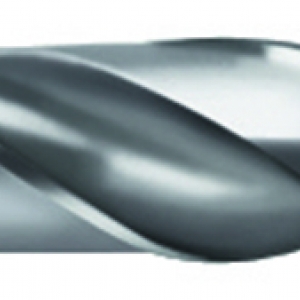
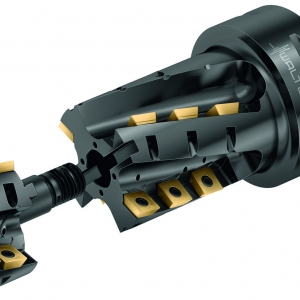

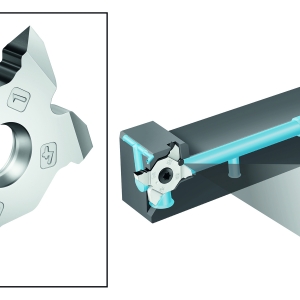
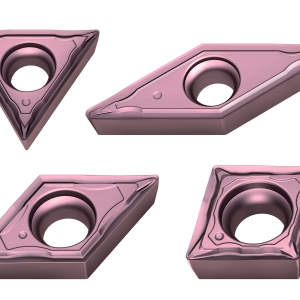
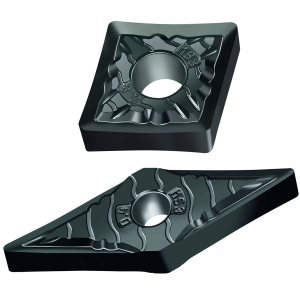
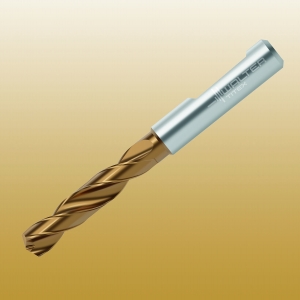
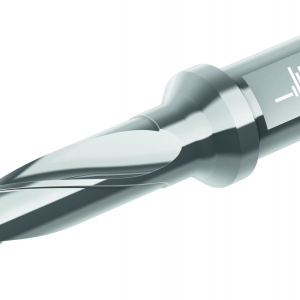
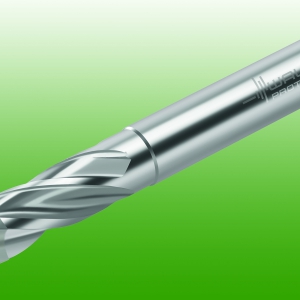
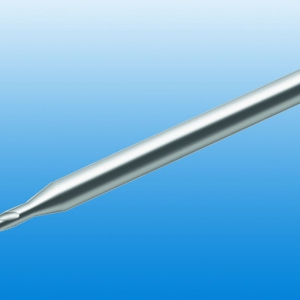
 PRODUCTS
PRODUCTS

